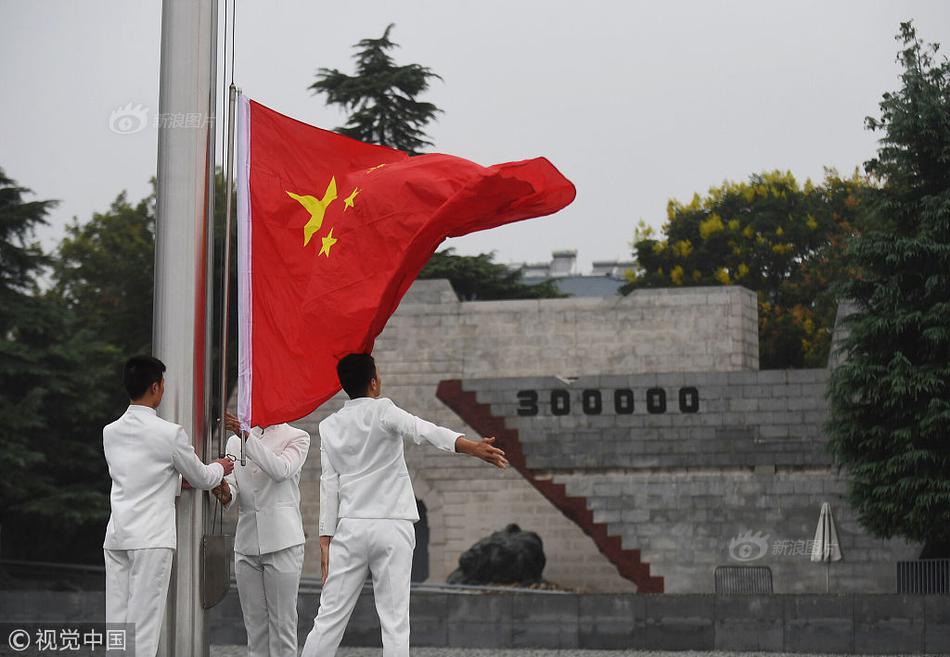【bloodgood japanese maple in container】Our Take On Hologic, Inc.'s (NASDAQ:HOLX) CEO Salary
In 2013 Steve MacMillan was appointed CEO of Hologic,bloodgood japanese maple in container Inc. (
NASDAQ:HOLX

). First, this article will compare CEO compensation with compensation at other large companies. After that, we will consider the growth in the business. And finally - as a second measure of performance - we will look at the returns shareholders have received over the last few years. This process should give us an idea about how appropriately the CEO is paid.

Check out our latest analysis for Hologic

How Does Steve MacMillan's Compensation Compare With Similar Sized Companies?
According to our data, Hologic, Inc. has a market capitalization of US$14b, and paid its CEO total annual compensation worth US$42m over the year to September 2018. While we always look at total compensation first, we note that the salary component is less, at US$1.0m. Importantly, there may be performance hurdles relating to the non-salary component of the total compensation. We looked at a group of companies with market capitalizations over US$8.0b and the median CEO total compensation was US$11m. There aren't very many mega-cap companies, so we had to take a wide range to get a meaningful comparison figure.
As you can see, Steve MacMillan is paid more than the median CEO pay at large companies, in the same market. However, this does not necessarily mean Hologic, Inc. is paying too much. We can get a better idea of how generous the pay is by looking at the performance of the underlying business.
The graphic below shows how CEO compensation at Hologic has changed from year to year.
NasdaqGS:HOLX CEO Compensation, January 1st 2020
Is Hologic, Inc. Growing?
Over the last three years Hologic, Inc. has shrunk its earnings per share by an average of 83% per year (measured with a line of best fit). It achieved revenue growth of 4.6% over the last year.
Few shareholders would be pleased to read that earnings per share are lower over three years. The modest increase in revenue in the last year isn't enough to make me overlook the disappointing change in earnings per share. These factors suggest that the business performance wouldn't really justify a high pay packet for the CEO. Shareholders might be interested in
this
free
visualization of analyst forecasts.
Has Hologic, Inc. Been A Good Investment?
Hologic, Inc. has served shareholders reasonably well, with a total return of 30% over three years. But they probably wouldn't be so happy as to think the CEO should be paid more than is normal, for companies around this size.
In Summary...
We compared total CEO remuneration at Hologic, Inc. with the amount paid at other large companies. We found that it pays well over the median amount paid in the benchmark group.
Story continues
Neither earnings per share nor revenue have been growing sufficiently to impress us, over the last three years. And shareholder returns are decent but not great. So you may want to delve deeper, because we don't think the CEO pay is too low. CEO compensation is one thing, but it is also interesting to
check if the CEO is buying or selling Hologic (free visualization of insider trades).
Of course,
you might find a fantastic investment by looking elsewhere.
So take a peek at this
free
list of interesting companies.
If you spot an error that warrants correction, please contact the editor at
. This article by Simply Wall St is general in nature. It does not constitute a recommendation to buy or sell any stock, and does not take account of your objectives, or your financial situation. Simply Wall St has no position in the stocks mentioned.
We aim to bring you long-term focused research analysis driven by fundamental data. Note that our analysis may not factor in the latest price-sensitive company announcements or qualitative material. Thank you for reading.
View comments
(责任编辑:Encyclopedia)
As shown below, the results in the quarter materially changed the trend in two-year stacked comps for each of the banners, along with a significant acceleration for consolidated comps.
The increase in consolidated comps was the primary driver of an 8% increase in revenues to $6.3 billion. The company ended the quarter with 15,370 locations, up less than 1% year-over-year. This reflects a 7% increase in Dollar Tree units, offset by a 4% decline in Family Dollar units.
The top-line results at each banner flowed through to their respective income statements, with Dollar Tree gross margins and operating margins declining year-over-year while Family Dollar gross margins and operating margins expanded year-over-year. On a consolidated basis, gross margins contracted by 120 basis points in the quarter to 28.5%, reflective of a shift to lower-margin consumables, tariff costs and the impact of markdowns from the Easter headwinds at the Dollar Tree banner. The company saw slight operating leverage on SG&A from higher comps, with the net result being an 80 basis point contraction in operating margins to 5.8%, with operating income declining 5% to $366 million. This is not adjusted for $73 million of pandemic-related costs, such as PPE supplies.
In the first quarter, the company opened 85 stores (net of closures) and completed 220 Family Dollar renovations to the H2 format. Importantly, comps at renovated Family Dollar stores continue to outpace the chain average by more than 10%. On the call, management indicated that they plan on reducing both the number of new store openings (from 550 to 500) and the number of H2 renovations (from 1,250 to 750) in 2020.
Personally, given the fact that Family Dollar is seeing material benefits to its business from the pandemic with new or lapsed customers coming into its stores, I think the company should try to get more aggressive with its renovation plans, not less. On the other hand, you could argue that renovations cause short-term disruptions and limit their ability to fully capitalize on the business momentum they are currently experiencing.
As a result of fewer new stores and remodels, management now expects 2020 capital expenditures to total $1.0 billion compared to previous guidance of $1.2 billion. In addition, the company has temporarily suspended share repurchases. At quarter's end, the company had $1.8 billion in cash on its balance sheet compared to $4.3 billion in total debt.
Conclusion
In recent years, Dollar Tree has been a tale of two cities. While its namesake banner has generally delivered impressive financial results, Family Dollar has been a persistent underperformer. This quarter, those results flipped, and given what we've seen in the weeks since quarter's end, there's a decent possibility that we will see something similar in the coming months. As the CEO noted, the second quarter is off to a very good start at Family Dollar.
Here's the important question: how useful is that information is in terms of making future predictions about the business? Will recent success at Family Dollar translate into long-term success for the banner? The optimistic take is that new or lapsed customers, especially those visiting the renovated stores, could become recurring business for the banner. The pessimistic take is that they have experienced short-term success out of necessity as people went to any store that was open to try and find essentials like toilet paper and hand sanitizer that were largely out of stock throughout the retail landscape. From that view, many of these customers could abandon the retailer when life returns to normal. As Philbin noted on the conference call, early on [during the pandemic], folks needed us. Will people still shop as much at Family Dollar when it's no longer a necessity?
Personally, I do not place too much weight on the recent results. I will need to see incremental data points that indicate that Family Dollar has truly won sustained business from these new customers. While I still believe that the Dollar Tree banner is a well-positioned retailer with attractive unit returns, I'm not yet willing to say the same thing for Family Dollar. For that reason, along with the recent run-up in the stock price, I plan on staying on the sidelines for now.
Disclosure: None
Read more here:
Under Armour: A Tough Start to 2020
Walmart: Continued Omni-Channel Progress
Match: An Impressive Start to 2020
Not a Premium Member of GuruFocus? Sign up for a free 7-day trial here.
This article first appeared on
GuruFocus
.
Warning! GuruFocus has detected 4 Warning Signs with DLTR. Click here to check it out.
DLTR 30-Year Financial Data
The intrinsic value of DLTR
Peter Lynch Chart of DLTR
View comments
- U.S. telehealth companies brace for demand spike as coronavirus spread accelerates
- Should Jazz Pharmaceuticals plc (NASDAQ:JAZZ) Be Your Next Stock Pick?
- 'Bright Star' opens at TLP
- August was the best, Now the worst
- Pennsylvania's Democratic governor calls Trump remarks 'partisan attack'
- 10 Restaurants Open on New Year's Day 2019
- Does Asiaray Media Group Limited's (HKG:1993) CEO Salary Reflect Performance?
- U.S. natgas use hits record during freeze, utilities urge conservation
- Why Semtech (SMTC) Stock Might be a Great Pick
- Google workers support proposed U.S. laws to curb mandatory arbitration
- Upcoming Deadline Reminder: The Schall Law Firm Encourages Investors in Redwire Corporation with Losses of $100,000 to Contact the Firm
- Thomas Reid Leaving Davis Polk to Join Comcast as Senior EVP
- People are getting this unexpected stimulus check. Should you keep it?
- BRIEF-Baic Bluepark New Energy Technology Appoints Ma Fanglie As New General Manager
- Number of voting rights as of November 30,2020
- Just 3 Days Before Class Limited (ASX:CL1) Will Be Trading Ex-Dividend
- AWR or SJW: Which Utility Stock is a Better Buy for 2019?
- Those who invested in Anglo Asian Mining (LON:AAZ) five years ago are up 437%
- Smithfield Foods Says That the Company and Its Team Members Want the Same Thing: To Protect Employee Health and Safety While Also Safeguarding America’s Food Supply
- How Much Did CSE Global Limited's (SGX:544) CEO Pocket Last Year?
